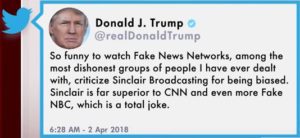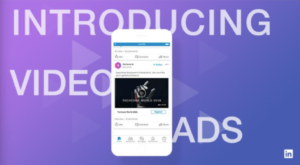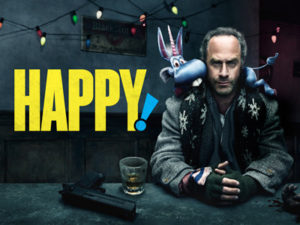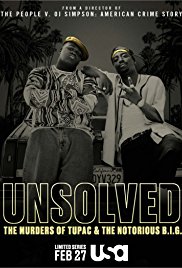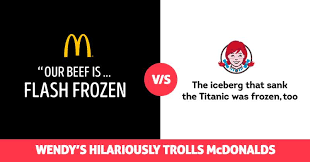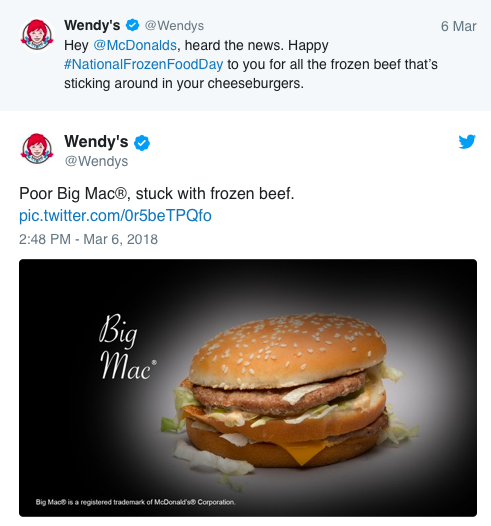Me trying to keep up with this week’s meme cycle pic.twitter.com/59GpWkIl6o
— Fran Zaya, no the other one (@salmattos) April 5, 2018
If you’re like me and you spend a lot of time on Twitter, then you might have noticed the breakneck pace of new memes popping up, from “The Squinting Lady” to “Tired Spongebob” to the eponymous American Choppers Meme. It’s tempting to let them all pass you by and hand-wave them away as silly and unprofessional, even something that’s just meant for kids. In fact, the Monterey Bay Aquarium had exactly that conversation with itself in meme form recently:
We made one pic.twitter.com/DQEEfiuo29
— Monterey Bay Aquarium (@MontereyAq) April 6, 2018
In a reply to someone suggesting the meme was unprofessional, the Aquarium noted that “the tweet right before this one was about our 30 years of sea otter research and a new research paper, and this silly meme about exactly your point has more engagement in ten minutes than that one had in an hour. It had an otter gif and everything!”
The exchange brings home a valuable point from Vaynerchuk’s “Jab, Jab, Jab, Right Hook!”, that in order to use social media properly, you must speak the native language of the platform. The native language of Twitter likely leans more toward memes than research papers, but the Aquarium’s use of the American Choppers Meme here isn’t just some silly joke played for laughs. It’s an honest attempt at a conversation about brand relevance, ocean conservation awareness, and how best to communicate in a social-media-driven world.
To that extent, it also follows many of the principles we learned from “Made to Stick.” Essentially just a five-panel comic format, the message is simple, but the format’s use to deliver a serious message is certainly unexpected. Coming from a venerable institution like the Monterey Bay Aquarium, which must have this kind of debate with its internal and external stakeholders often, the message is credible. And there’s a pretty emotional story going on here, with the two men shouting at each other about the merits of different conservation communication strategies.
So what do you think? Are memes a valuable communication strategy on social media? Or do “respectable” institutions lose some of their authority by stooping to that level?



